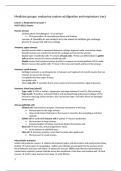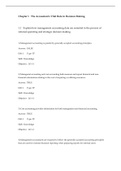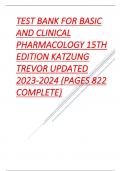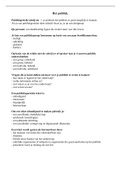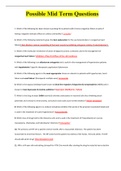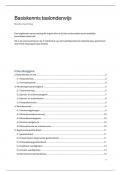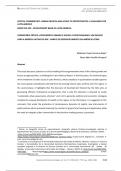Samenvatting
Samenvatting van alle colleges van MG- endocrine, respiratory and digestive tract - WBFA039-05
- Instelling
- Rijksuniversiteit Groningen (RuG)
Samenvatting van alle colleges van MG- endocrine, respiratory and digestive tract (WBFA039-05) van de Rijksuniversiteit Groningen. Alle belangrijke medicijnen zijn in de tekst in het rood gemarkeerd wat het leren van de medicijnen makkelijker maakt! Aan het einde van de samenvatting staat een overi...
[Meer zien]
